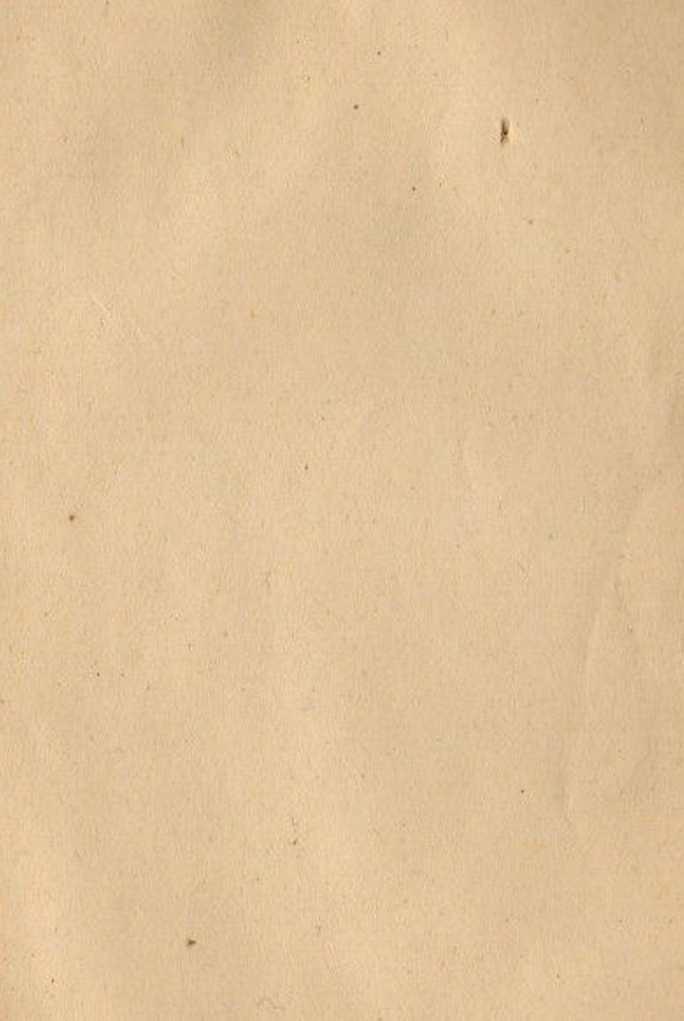


Grandad's Story
01 Sept 2024
My Grandad served as an NCO with the 12th Infantry Regiment in WWII. His company spearheaded the landings on Utah Beach in Normandy in June 1944. After Normandy, they fought through France, Belgium, Luxembourg, and deep into the heart of Germany.
In the remaining weeks of the war, Grandad’s company
reached Bad Mergentheim, a city in Southern Germany
that borders the state of Bavaria. For centuries, it was
the residence of the Grand Masters of the Teutonic
Order, once considered one of Europe’s most powerful
military orders.
Bad Mergentheim is where Grandad’s story begins.
This is his account, as I recall it being told to me.
Grandad and his company didn’t face much resistance
in the city. Towards the edge of town, Grandad and his
men came upon a bombed-out palace. While clearing it,
Grandad was making his way through the chapel
portion when he noticed a gaping hole in the floor
stonework. He and his men grabbed a sledgehammer and smashed the rest of the stonework loose. Before them lay a hidden winding staircase draped with cobwebs.
He and another soldier stepped carefully down the winding stairwell to a small chamber. In the middle of it was a stone sarcophagus with a life-sized effigy of a medieval knight carved into the lid. Grandad could make out the name Konrad von Jungingen, 1407 carved into the side of the tomb. At the base was an old wood and wrought-iron chest secured by a large iron lock.
Grandad, never known for his tender nature, used a crowbar to pry off the tomb’s lid. “The goddamn thing must have weighed 10,000 pounds!” he told me. The cover crashed over the side of the sarcophagus, kicking up a cloud of dust.
Grandad and the other soldier stood silently and shone their flashlight into the tomb. As the dust settled, they finally grasped what they were looking at. Within the tomb were the skeletal remains of a knight clad from head to toe in chainmail armor, and a sword and shield resting at the knight’s lower left side.
full of cryptic illustrations. One journal had Rothenburg ob der Tauber stamped on the cover. The taking of Rothenburg also happened to be Grandad’s unit’s next assignment.
The next day, the unit reached Rothenburg. Its surrender to the Allies is a story in itself, but I’ll write about that some other time.
The 12th Infantry Division took the city without firing a single shot, and Grandad was granted a few days of R&R. Wasting no time, Grandad, his interpreter, and a fellow officer considered to be the scholarly type stayed up late into the night studying the Rothenburg diary. They began to speculate that the diary was a treasure map of sorts. They were proven correct when, with the help of the diary, they found a large emerald hidden in an underground canal beneath the city.
The war raged on, so Grandad had to put his extracurricular activities on hold until the hostilities ceased. Fortunately or unfortunately, after the surrender of Germany a few weeks later, Grandad’s unit was almost immediately sent back to the United States. Grandad never had the chance to unravel more of the diary’s mysteries.
Grandad spent his entire adult life studying the diaries and always vowed to return to Europe one day to follow up on their secrets. However, life happened and Grandad’s dream never came to fruition. Then the diaries were put into hiding for almost forty years.
I now have possession of them. I’m trying to assemble a team in the hope that, together, we can solve this medieval mystery once and for all— and maybe even find some treasure along the way.
Jim E Barrett III

His chainmail gloves clutched an ornate golden cross encrusted with jewels. Grandad brushed off the shield to reveal a coat of arms. It had two eagle-adorned crosses adjacent to each other, and four blue diamonds cutting through the middle.
Grandad pulled out his pistol and fired a couple of rounds into the lock. Inside the chest, he found over 30 leather-bound journals. The face of each one was stamped with the Teutonic cross, the date 1190, and the names of different cities. The journals were written in different languages and